The Telugu states were more often a battleground for various kingdoms and dynasties, with constant battles often fought here for supremacy. This has resulted in a distinct style of temple architecture here.
The Distinctive Architectural Style Of The Temples In The Telugu States
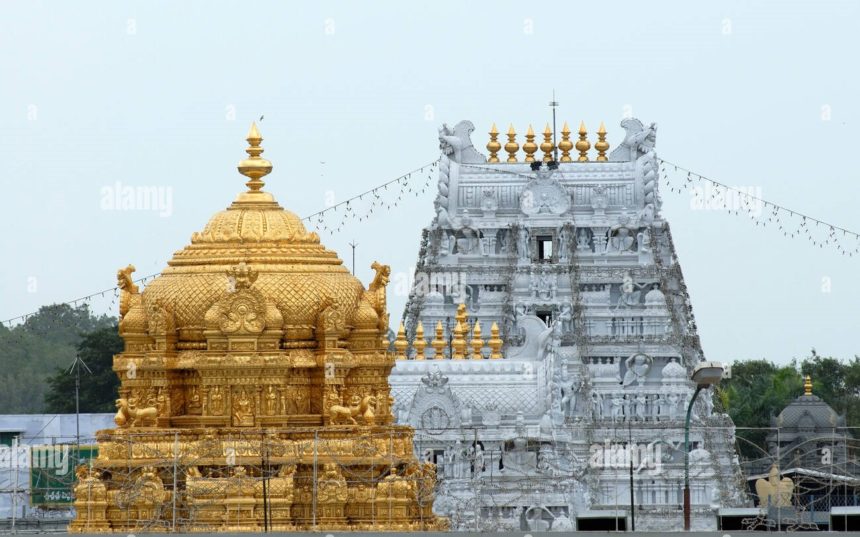
When one looks at temples in the Telugu states, what stands out is the sheer diversity of architectural styles- Chola, Chalukya, Kalinga, Vijayanagar, Kakatiya, and even the smaller ones like Ikshawakus. The Telugu states were more often a battleground for various kingdoms and dynasties, with constant battles often fought here for supremacy. This has resulted in a distinct style of temple architecture here.
If one takes a look at the various temples in the Telugu states themselves, most of them have different styles within the same complex. For example, Simhachalam Temple has elements of both Kalinga and Vijayanagar architecture. This is because these temples were begun by a kingdom and later renovated by other rulers, each bringing in their own style of architecture, giving them a distinct look.
Srimukhalingam, located in Srikakulam district, was the erstwhile capital of the Eastern Gajapatis, and the Shiva temples here are built in the typical Kalinga style of architecture.

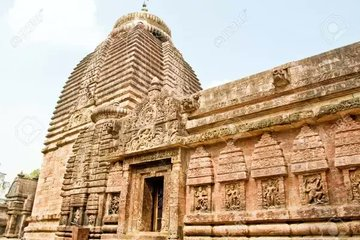

While the Sun Temple at Arasavalli is very much in the Kalinga style, Srikurmam Temple, the only temple dedicated to Kurmavatara, has a very distinct Southern style due to its renovation by the Vijayanagar rulers.
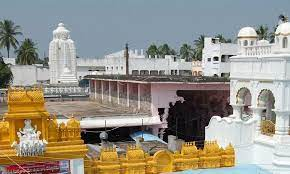
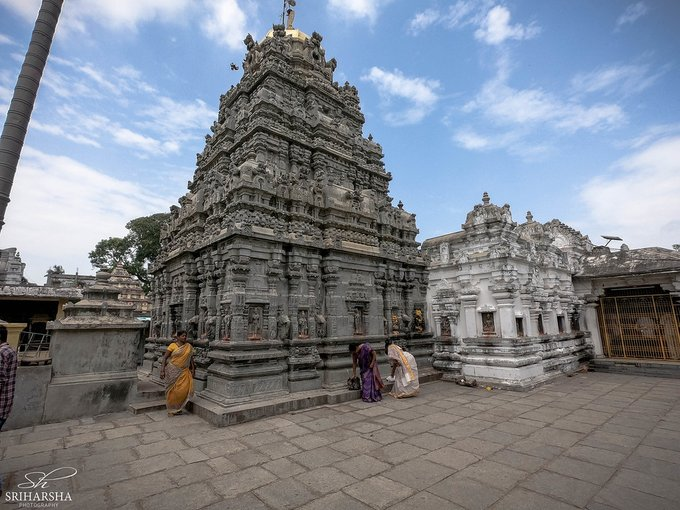
Andhra Pradesh is also famous for its Pancharamas– five temples dedicated to Shiva. The story goes that Kartikeya had to kill the Asura, Taraka, who had grown powerful because of the Shivalinga he was wearing. Kartikeya had to break the Linga to kill Taraka. And the spots where it fell became the Pancharamas. Apparently, Vishnu had to order the Gods to nail those lingas from growing further. Most of these temples were built by the Eastern Chalukyas, and the architectural style is pretty much from that time.
Four of the five Pancharama Temples are located in Godavari districts- Draksharama, Kumara Bheemarama (Samalkot), Somarama (Bhimavaram), and Ksheerarama (Palakollu). Given that this region was under the rule of the Eastern Chalukyas, all five temples have the same architectural style.
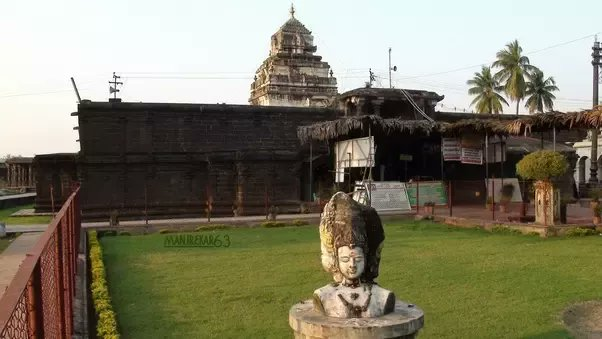
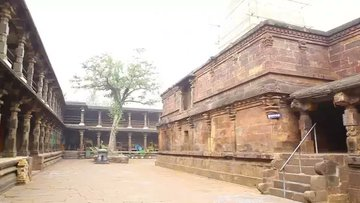
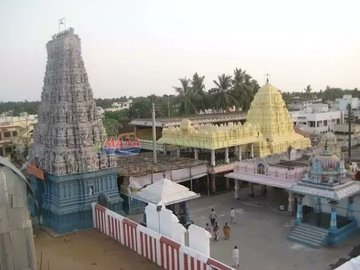
The Simhachalam Temple near Vizag was built during the reign of the Chalukya Cholas but was renovated by the Eastern Gangas and Gajapatis when it was part of the Kalinga empire, and later by the Vijayanagar rulers, when Sri Krishnadeva Raya captured this area.
Simhachalam Temple has elements of various architectural styles. The vimana of the sanctum sanctorum is similar to Konark, while the large mandapas and sculpted pillars are more of the Vijayanagar styles.
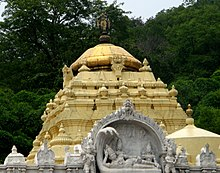
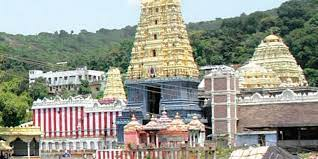
Again, if one looks at the Guntur-Krishna region, most of the major temples here- Amaravati, Mangalagiri, Ponnur, Chebrolu- were renovated during the reign of Vasireddy Venkatadri Naidu. The very tall Galigopuram at Mangalagiri was his contribution.
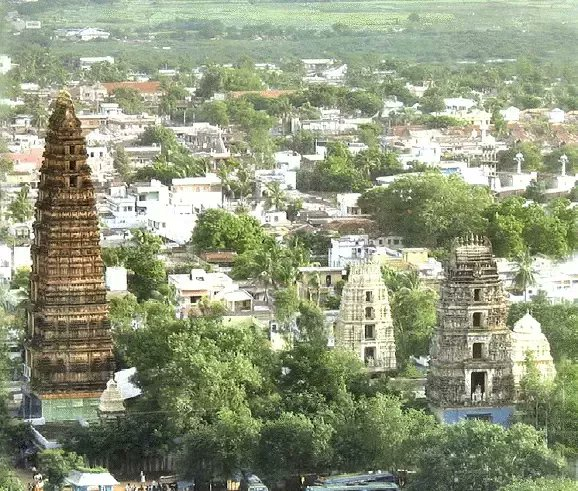
The Raja Rajeswara Temple, built at Vemulawada in honor of Shiva, is a typical example of Chalukyan temple architecture. Located on the banks of the Godavari river, with its large enclosure and towering gopurams, this temple is worth a visit.
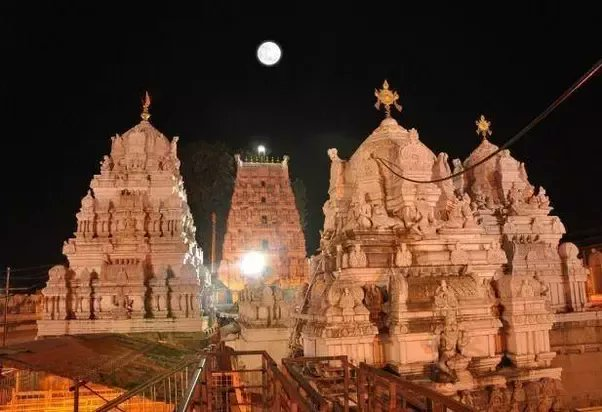
Alampur is famous for its Navabrahma Temples, which is a complex of nine temples dedicated to Shiva. The architectural style here is that of the Badami Chalukyas who ruled in the early 7th-8th centuries, different from the traditional Dravidian architecture.
The Arkha Brahma Temple is one of the more well-known of the Navabrahma temples. If you notice, while the exteriors tend to be quite plain, the interiors of the temples are richly decorated.
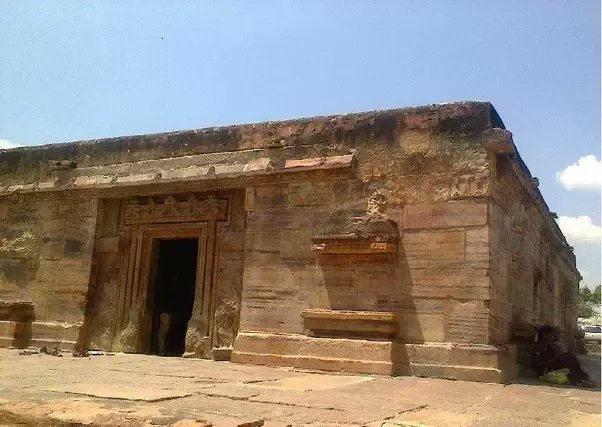
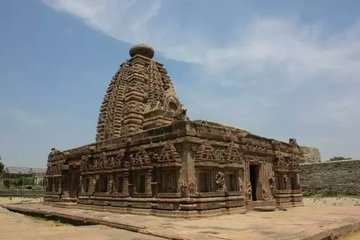
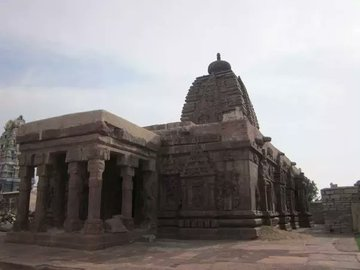
Nagarjuna Konda, near the Nagarjunasagar Dam, also called Sri Parvata, is one of the most prominent Buddhist sites in India. In ancient times, it was the capital of the Ikshavaku dynasty and is situated where the great Buddhist scholar Nagarjuna resided.
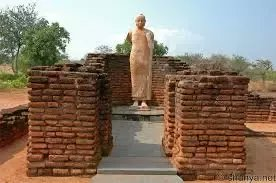
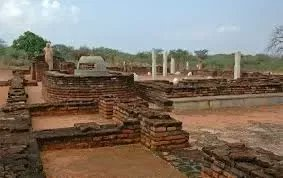
Warangal, the erstwhile capital of the Kakatiya empire, has some stunning monuments and temples that bear testimony to their architectural brilliance. While the Warangal Fort itself is in ruins, one of the gateways has for long been a common motif in the Telugu states.
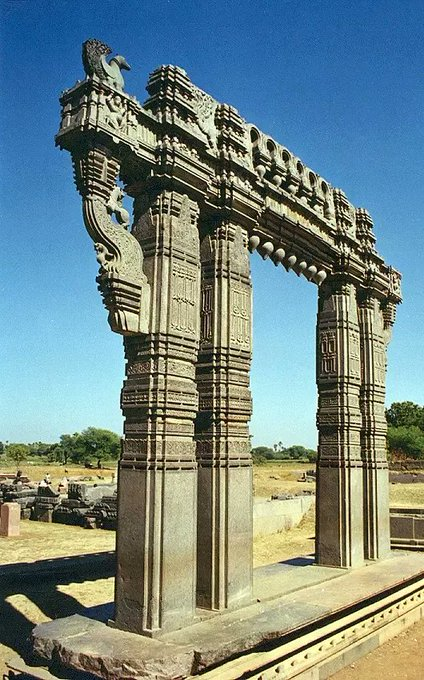
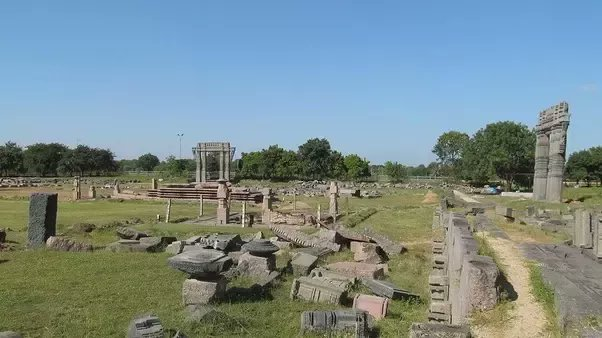

The Kakatiya Kala Thoranam, as it is called, was one of the four main gateways to the Warangal Fort, and has been adopted by the Telangana government in their state logo. The interesting feature of the fort is its circular pattern, enclosed by three concentric walls. The fort was primarily built with huge granite blocks placed against each other, with no mortar used. It also had a lot of pillared mandapas, with ornate carvings of animals and flowers, which were a primary feature of Kakatiya architecture (later adopted by the Vijayanagara rulers).
Another testimony to the architectural brilliance of the Kakatiyas is the 1000-Pillared Temple, dedicated to Shiva, Vishnu, and Surya. Though attacked during the Tughlaq invasion, it nevertheless managed to survive, and we can still see it in splendor. Built in a star-shaped (a characteristic of the Hoysalas), it gets its name from the 1000 pillars here. But the beauty is that none of the pillars obstructs any person from seeing the Lingam. It is constructed on a raised platform and has perforated stone screens and rock-cut elephants.
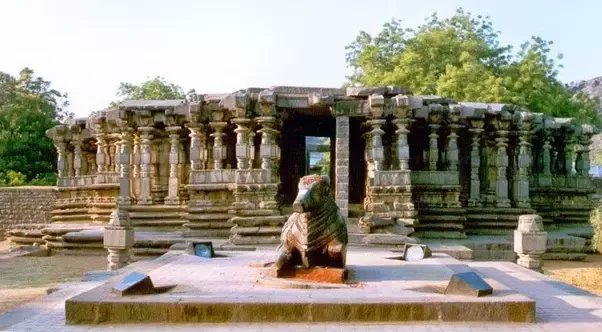
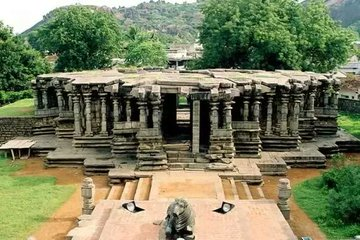
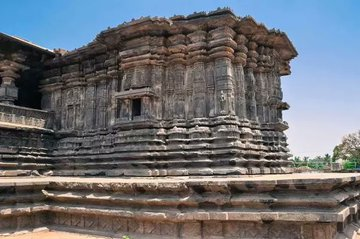
We had temples named after Gods, even rulers, but this must be the only temple in the world named after its sculptor. Dedicated to Shiva, the Ramappa Temple is another testament to the Kakatiya style of architecture. Ornate carvings adorn the ceilings, and the interiors combine light and space so beautifully. Another interesting aspect is the bricks in the roof of the temple, which are so light that they can float on water. Also, look out for the exquisitely carved Nagini statues here.
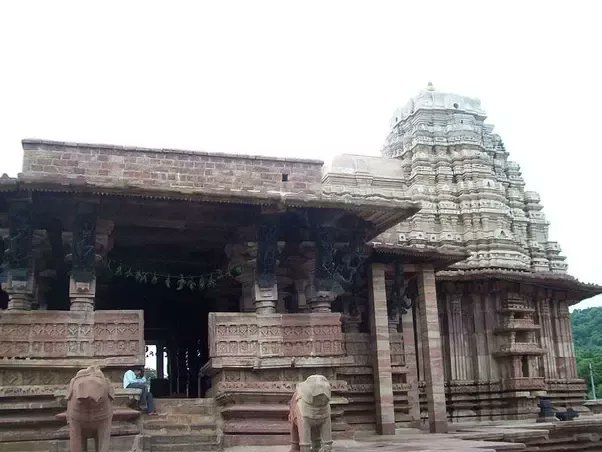
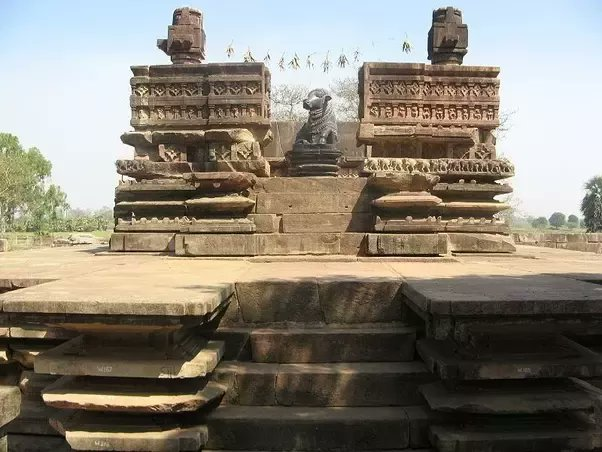

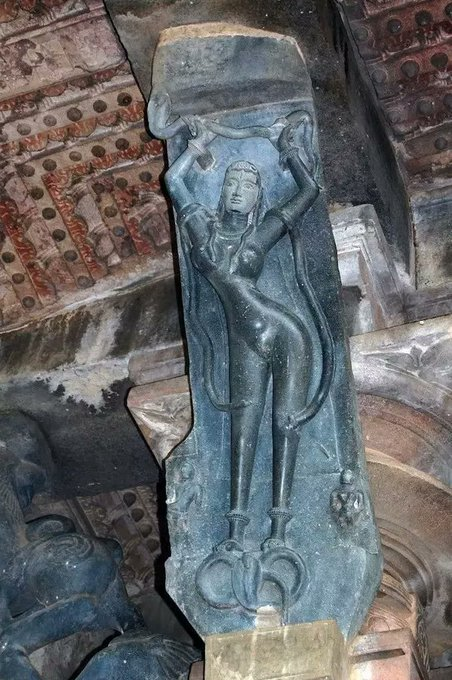
Lepakshi in the Anantapur district is a perfect tribute to the Vijayanagara style (which in turn was a mix of the Kakatiya, Hoysala, and Chalukya styles of architecture). The giant Nandi is one magnificent piece of sculpture.
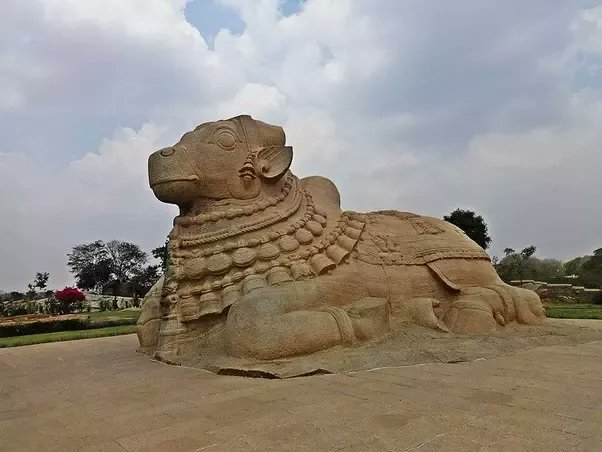
The Veerabhadra Temple at Lepakshi is a testimony to the brilliance of the Vijayanagara style of architecture. Typically it has the assembly hall (the Ranga Mandapa), the antechamber (Antarala), and the garba griha (the sanctum sanctorum).

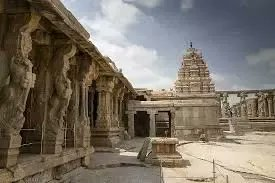
The pillars are richly carved with images of gods, saints, dancers, and musicians, and the columns have eaves in a hanging shape. Also, look out for the paintings on the ceiling here. One more interesting feature in Lepakshi is the Hanging Pillar, which has a small gap underneath through which you can pass a cloth.
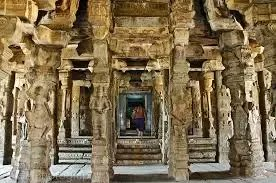
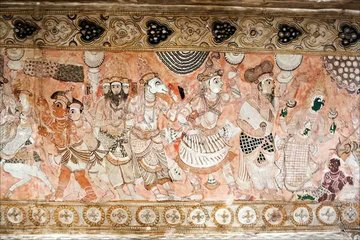
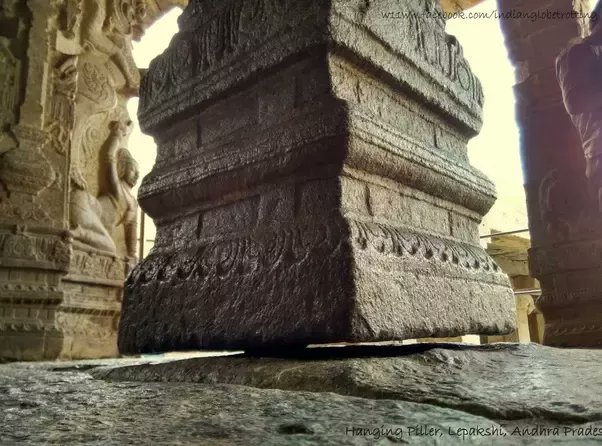
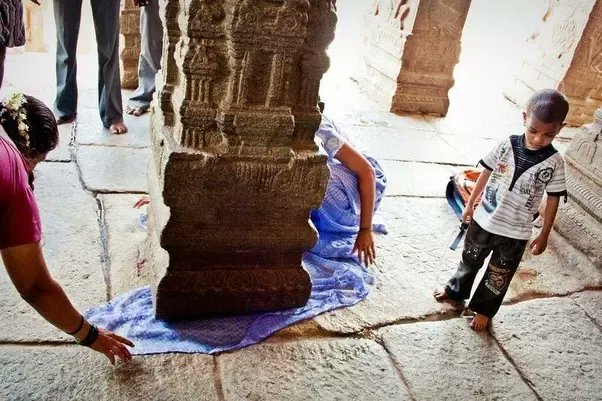
The Bugga Ramalingeswara Swamy Temple at Tadipatri, in the Anantapur district, is another testament to the brilliance of the Vijayanagara architectural style. The temple has very ornate carvings and a raised mandapa, and another interesting aspect here is that the Shiva Linga here is surrounded by water.
The Tirumala Temple itself is a combination of various styles, ranging from the Cholas and Pandyas in the early ages to the Vijayanagara rulers, who actually built a major part of it.
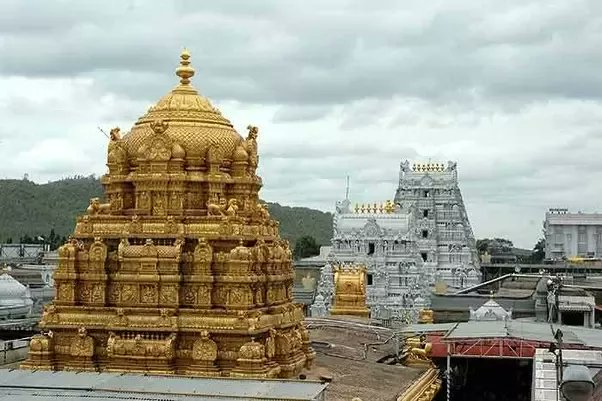
The Sri Kalahasti Temple near Tirupati is one of the Panchabhutha Kshetras. Five temples are dedicated to Shiva in the form of the five elements. The temple here is built in the typical Dravidian style, with towering gopurams, and large walled enclosures.
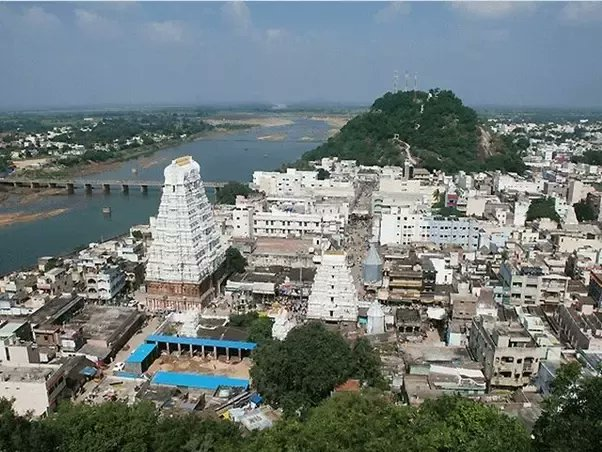
The Chandragiri Fort, near Tirupati, is again a perfect example of the Vijayanagara style of architecture, with domes, arches, and latticed windows. This, incidentally, was one of their capitals.
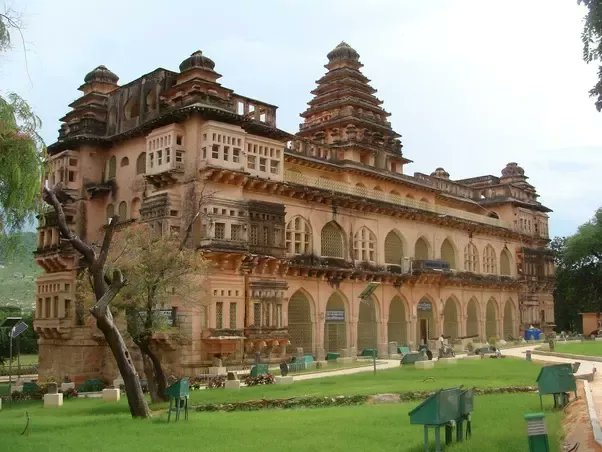
One more excellent example of the Vijayanagara style of architecture is the Kodandanda Rama Temple at Vontimitta, Kadapa district. Here, the murthi of Sita Rama and Lakshmana is on one single stone.

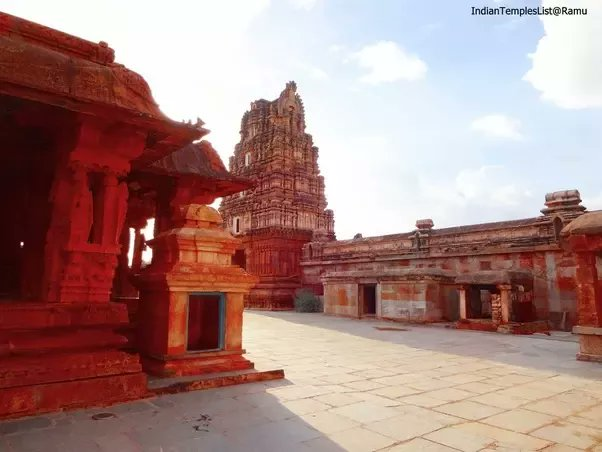
Srisailam, one of the 12 Jyotirlingas, was built extensively during the reign of the Reddy kings and later by the Vijayanagara rulers. The large Mukha Mandapam and the large gopurams were pretty much elements of the Vijayanagara style.
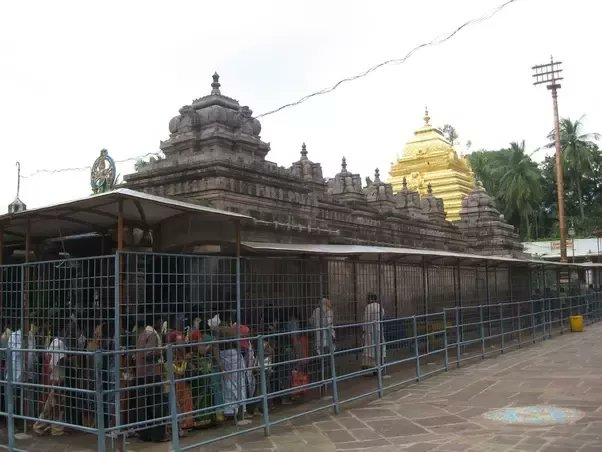
Again, the Mahanandi Temple in the Kurnool district was built by the Badami Chalukyas in the 7th century, but most of the later structures in the temple were built by the Vijayanagara rulers, making it a mix of different styles.
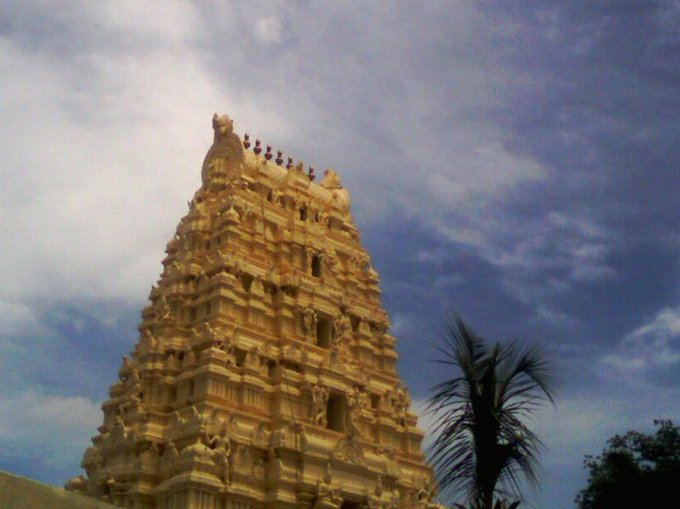

Yaganti Temple, with its massive Nandi that keeps growing every year, is more of a representative of the Vijayanagar style, with its gopurams and large walls.

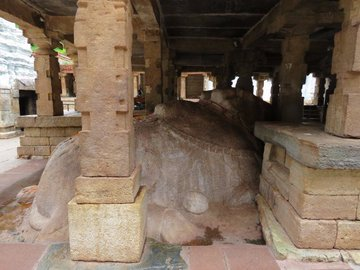
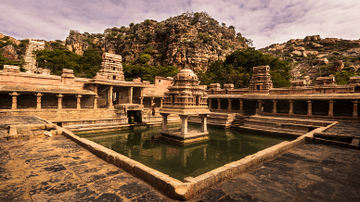
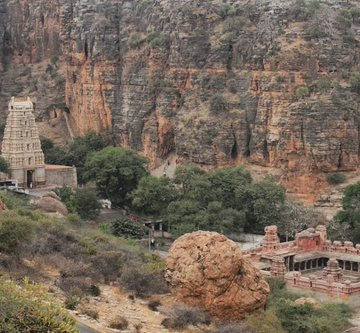
The Pushpagiri Temple complex in Kadapa district, dedicated to both Shiva (Vaidyanatheswara Swamy) and Vishnu (Chennakesava Swamy), has one of the most diverse styles of architecture in one complex, having been under the control of various rulers. It was built at various times by Ikshavakus, later Pallavas, Cholas, Rashtrakutas, Chalukyas, and the Vijayanagara Empire, giving it a very distinctive look. Add to it, both Vaishnavite and Shaivite temples in one complex.
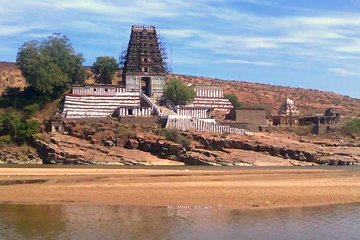
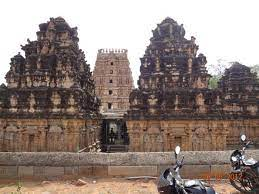
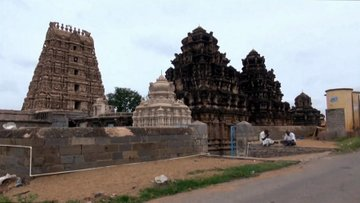

Leave a Reply